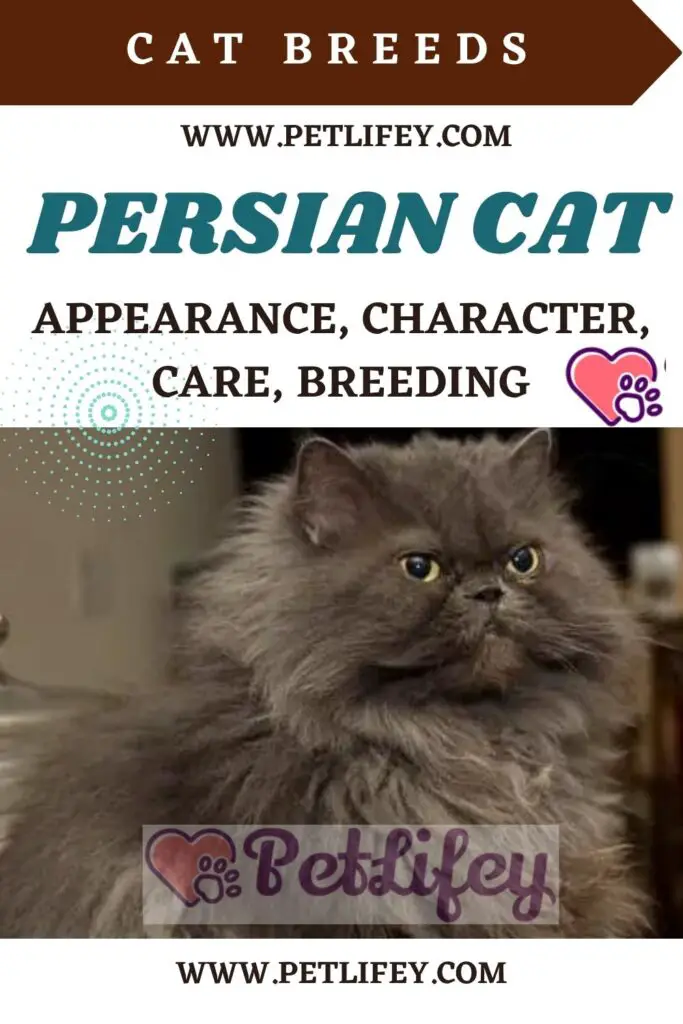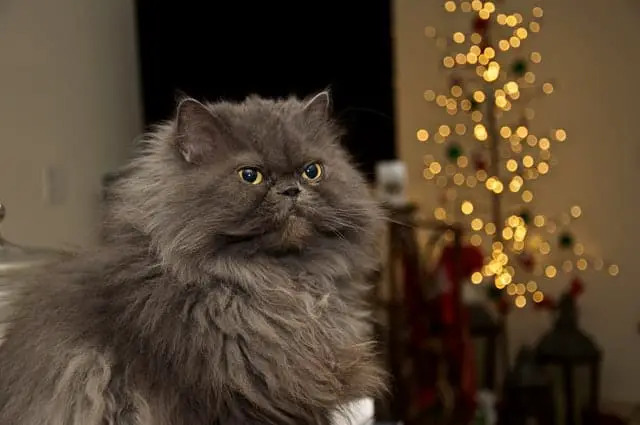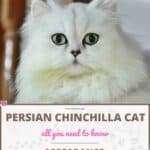The Persian cat is among the most prized breeds: majestic and with an aristocratic appearance, here is everything you should know to raise a purebred puppy.

The Persian cat is one of the first breeds that one thinks of when choosing to buy a purebred cat. With an elegant but typically sly bearing, it adapts well to apartment life. Let’s find out its origins, temperament and characteristic aspects.
Persian Cat : story
This breed originated from the Angora cat, a very different species from the Persian cat as we know it today. It is the result of a series of crosses with a breed from Iran (the historic Persia, from which it takes its name).
Pietro Della Valle brought them to Europe in the seventeenth century.
During the Victorian era, this cat became the queen’s favorite breed and since then it has been widely used, first in the version of the blue fur, then in the colors of white and black.
Persian Cat : appearance and size
The Persian cat has a compact and stocky appearance, with a typically flattened muzzle. The thick and long hair (up to 20 centimeters) can have up to 200 color combinations. The most common colors are black, white, chocolate and blue.
Persian cat is of 3 types based on color:
- the Persian van cat (with spots of color on the tail and head)
- the bicolour (only one third white)
- the harlequin (one sixth of the white coat and the rest colored).
There is also a short-haired species called the exotic shorthair.
The eyes are green, blue, orange or uneven, that is, one blue and one orange. The legs are short and round. The weight varies a lot according to the sex: while the female rarely reaches 4 kg, the male can even reach 7 kg.
The Persian cat has an average lifespan that is around 14-15 years, although there are healthy specimens that reach 20 years.
Persian Cat : character
Persian cat is generally affectionate and docile, it moves slowly from one corner of the house to another, without causing discomfort. It seems almost an invisible presence, being basically a lazy animal and a lover of long naps.
It lives well in company, but also manages to be alone. It is not spiteful and does not cause trouble in the house. If there are other cats and dogs, it adapts without problems. It prefers to live in the home, since it does not like to wander outside. It is at high risk of gaining weight.
Persian Cat : care and feeding
The diet must be varied and balanced and must not include pasta or bread, much less milk (if the cat is an adult).
The care of the coat is particularly demanding: it is necessary to brush it every day and clean the eyes, which are prone to tearing. It will also be washed periodically to ensure a shiny coat.
The Persian cat is particularly prone to intestinal obstructions, often resulting from the voluntary ingestion of the hair that loses in large quantities during the moulting period.
Persian Cat : price

It is not easy to determine how much a Persian cat costs, it depends on many factors. First of all, if you only need a pet, the price will certainly be lower for those who love show cats.
In the latter case, in fact, the cat must be perfect in the smallest details and this greatly increases its value. For this reason, the price starts from $550 USD up to over $3500 USD with pure pedigree cats.
Persian Cat (a complete guide)






